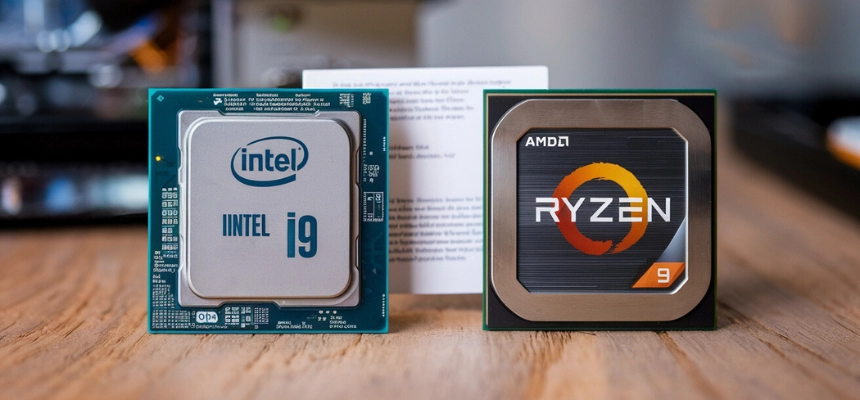In the rapidly evolving landscape of personal computing, the demand for compact, efficient, and versatile devices continues to grow. Among the innovations catering to this trend is the mini PC—a small form-factor computer that combines impressive computing power with portability and convenience. This article aims to provide a comprehensive understanding of what mini PCs are, their key features, and the advantages they offer over traditional desktop and laptop systems.
What Is a Mini PC?
A mini PC is essentially a fully functional desktop computer built into a much smaller chassis compared to standard desktops. Typically, mini PCs can range in size from as small as a few inches on each side to slightly larger footprints comparable to a thick book. Despite their diminutive size, these devices integrate essential computing components such as a motherboard, processor, memory, storage, and connectivity ports in a compact design.
Mini PCs differ from laptops primarily in their design and use case: they are usually stationary devices intended to connect to external monitors, keyboards, and mice, and rely on external power sources. However, recent innovations have blurred the lines somewhat with ultra-compact, fanless, or modular variants.
Key Characteristics of Mini PCs
- Small Form Factor: Mini PCs are significantly smaller than traditional desktops, often measuring under 7 inches per side. This small footprint makes them ideal for environments with limited space.
- Energy Efficiency: Many mini PCs utilize low-power processors such as Intel’s NUC series chips or ARM-based solutions, resulting in reduced energy consumption and lower heat output.
- Variety of Configurations: From basic models designed for internet browsing and office work to more powerful variants capable of gaming, video editing, and software development, mini PCs offer a broad spectrum of configurations.
- Connectivity: Despite their size, mini PCs typically include multiple ports, such as USB, HDMI, Ethernet, and sometimes Thunderbolt or DisplayPort, facilitating connectivity with peripherals and external displays.
Advantages of Mini PCs
1. Space-Saving Design
The most obvious advantage of a mini PC is its compactness. For businesses, educational institutions, or users with limited desk space, mini PCs offer a means to enjoy desktop-grade computing without the bulk of traditional towers. Their small size means they can be mounted behind monitors, placed discreetly on shelves, or tucked away in corner spaces.
2. Portability
Unlike conventional desktops, mini PCs are lightweight and easy to transport. While laptops are designed with portability in mind, mini PCs strike a balance—they offer the performance and expandability of desktops while being easier to move from one location to another. This makes them ideal for professionals who need consistent desktop environments when working between offices or home.
3. Energy Efficiency
Mini PCs generally consume much less power than full-sized desktop computers. This energy efficiency translates not only into cost savings over time but also aligns with increasing environmental awareness and corporate sustainability goals.
4. Quiet or Fanless Operation
Many mini PCs utilize passive cooling or low-noise fan designs due to their low-power components. This makes them an excellent choice for environments where silence is valued, such as libraries, meeting rooms, or recording studios.
5. Versatility
Mini PCs cater to diverse uses. For instance:
- Home Entertainment: They can serve as compact media centers, connected to TVs for streaming, gaming, or video playback.
- Workstations: They support typical office software, web browsing, and communication tools efficiently.
- Digital Signage and Kiosks: Their small size and reliable operation make them ideal for commercial displays.
- Edge Computing: In IoT and networking fields, mini PCs act as local servers or gateways processing data close to the source.
6. Ease of Upgrade and Customization
Certain mini PCs, especially from manufacturers like Intel (in the NUC line) or ASUS, offer modularity—allowing users to upgrade RAM, storage, or sometimes even processors. This flexibility extends the device’s useful life and adapts it to evolving computing requirements.
7. Cost-Effectiveness
While initial prices vary depending on specifications and brand, mini PCs often provide a better value proposition for users who do not require the highest-end computing power. Their lower power requirements also mean ongoing operational costs are reduced.
Potential Considerations and Limitations
Despite these advantages, mini PCs may not suit all users. High-performance gaming or intensive 3D rendering typically demands more powerful GPUs and cooling systems than mini PCs can accommodate. Similarly, expansion options are limited compared to traditional desktops due to space constraints.
In addition, while many mini PCs support multiple displays and external peripherals, the limited internal upgrade capability means users must carefully select the right specifications at purchase.
Conclusion
Mini PCs represent a significant evolution in desktop computing, emphasizing compactness, efficiency, and versatility without compromising essential functionality. They offer compelling benefits in terms of space savings, energy consumption, noise reduction, and portability, making them an excellent choice for a growing range of users—from corporate environments and educational settings to home entertainment and edge computing applications.
As technology continues to advance, mini PCs are expected to become more powerful and accessible, further blurring the lines between traditional desktops and mobile computing solutions. For users seeking a compact yet capable computer, understanding the strengths of mini PCs is key to making an informed decision in today’s dynamic IT landscape.

